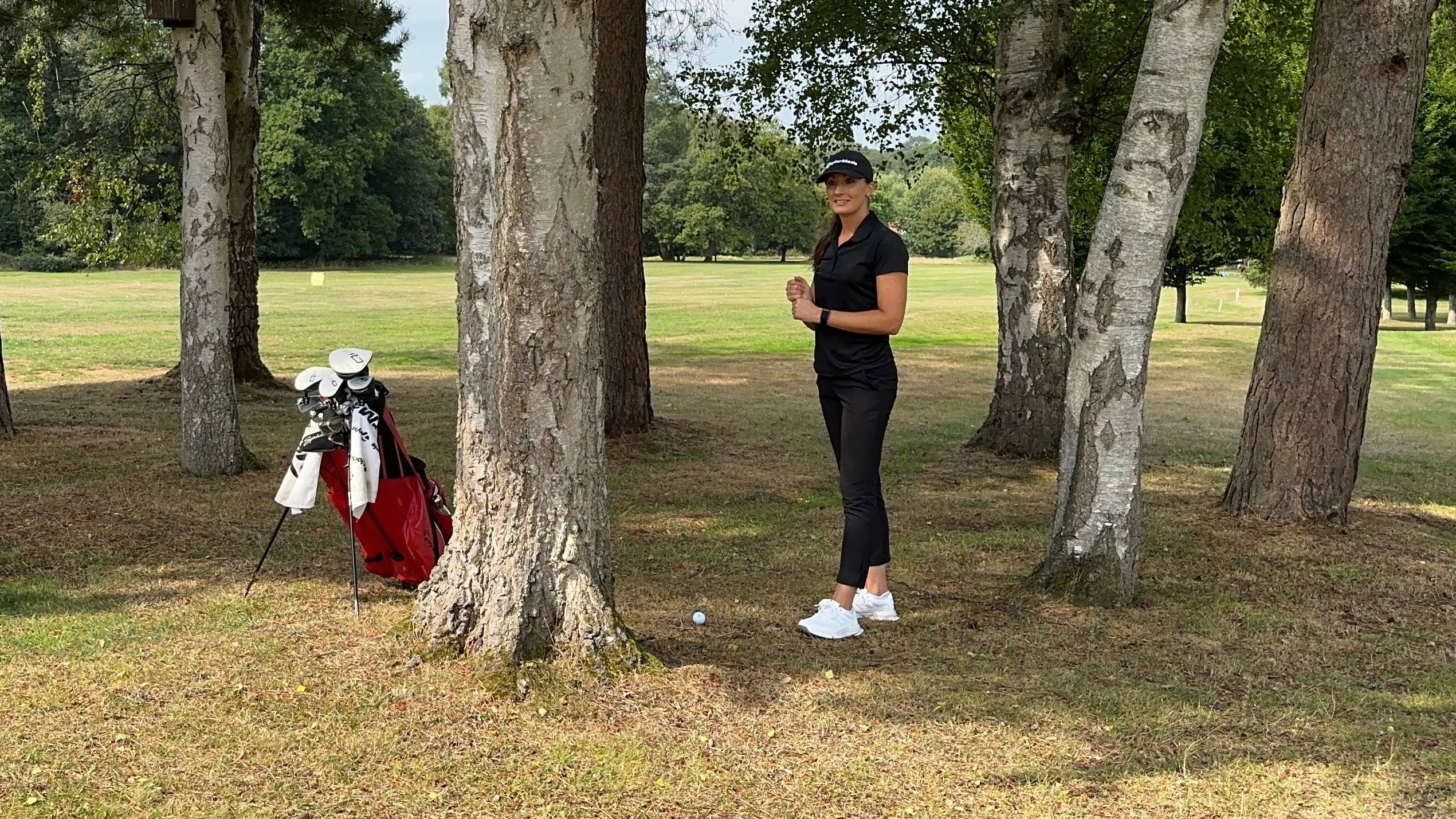Here's How I Use Data To Target My Practice And Keep Improving As A Single Figure Golfer
Single figure golfer Jess Ratcliffe shares how she uses data on her grind to improve and get a lower handicap


One of the questions I’m asked the most about my handicap drop from 34 to 9 in a year is: “How did you do it?” My answer is always the same: I tracked where I was leaking the most shots (what I call my “low hanging fruit”) and focused my practice on fixing those areas first.
The theory was simple: don’t try to fix everything at once. Instead, go deep on the part of my game that cost me the most before moving on.
As a high handicapper, the leaks were everywhere – 3-putts, bunkers that wrecked my confidence and tee shots that left me scrambling from the start of the hole.
Now as a single-figure golfer grinding to get lower, the approach hasn’t changed but the standards have.
I still look for the shots that cost me on those bogey or worse holes but I also track the missed opportunities, like the birdie chances that weren’t converted or the pars that weren’t saved.
Step 1: Identify The Leaks In Your Game
When I’m playing, I’ll make a note of the shot that cost me. As I prefer to stay off my phone when I’m focused on scoring, I’ll jot shorthand reminders on my scorecard like “Drive – right” or “50y – long.”
I’ll also keep a tally of my putts per hole so I can stay on top of any 3-putts as well as mark any up-and-downs that saved me.
Subscribe to the Golf Monthly newsletter to stay up to date with all the latest tour news, equipment news, reviews, head-to-heads and buyer’s guides from our team of experienced experts.
After the round, I transfer my notes to my Shots Lost Scorecard – a simple tool I built to capture where and why I dropped shots and quickly identify the biggest leak in my game. Get a free copy here (scroll to bottom).
Sometimes the leaks are obvious but often they’re the quiet, consistent misses that add up – not the one-off disasters we tend to remember.
That’s the real power of the Scorecard: it forces me to reflect on why I lost shots. Was it execution? Was it my course management? Or was it mental – like rushing because the group behind was pressing or tightening up when I realised I was on for a personal best?
Step 2: Use That Data To Drive Your Practice
Tracking this data is pointless if it doesn’t drive what you work on in your game. That’s why when I’ve spotted a pattern, I’ll dedicate my practice to improving that area.
For example, when I noticed that most of my missed opportunities were happening from inside 100 yards, I knew I needed to dial in my approach shot accuracy and I created practice sessions to do exactly that.
Likewise, when I noticed that my lag putting was letting me down – especially on the beautifully pacy greens at my home course of West Surrey – I focused my practice on distance control and green reading from 20ft and out.
By building my practice sessions off the data (and not guesswork), I know I’m working on the areas of my game that will have the biggest impact on my scores.

Step 3: Track Your Progress In Your Play
By capturing data like this, you can track your progress as well as your leaks. When you’re grinding on your game, it’s easy to focus solely on the breakthrough you’re yet to make, rather than the improvements you are making.
That’s why it’s key to measure what you’ve been working on, so you can see those shifts stack up over time. The 3-putts that disappear. The wedges that finally sit pin high. The irons that start finding greens instead of rough.
When you see the choices you’ve made and work you’ve been putting in pay off – that’s where the motivation to keep grinding comes from. Because it’s exhausting to feel like your practice isn’t coming to life on the course.
And that progress isn’t only practical. It’s mental too, like feeling more confident in competitions, sticking to your routine and making better decisions under pressure.
It’s that cycle – identify the leaks, use data to drive my practice and track my progress – that took me from 34 to 9 and continues to help me improve. It’s simple, but it works.
I’ve turned this process into a 90 Day Plan that other golfers are using to lower their scores and cut their handicaps. If you’d like to try it for yourself, check it out here. Follow Jess on Instagram.
After cutting her handicap from 34 to 9 in a year, Jess Ratcliffe is documenting how she’s working on her game to get really good at golf on her YouTube channel and Instagram.
You must confirm your public display name before commenting
Please logout and then login again, you will then be prompted to enter your display name.
